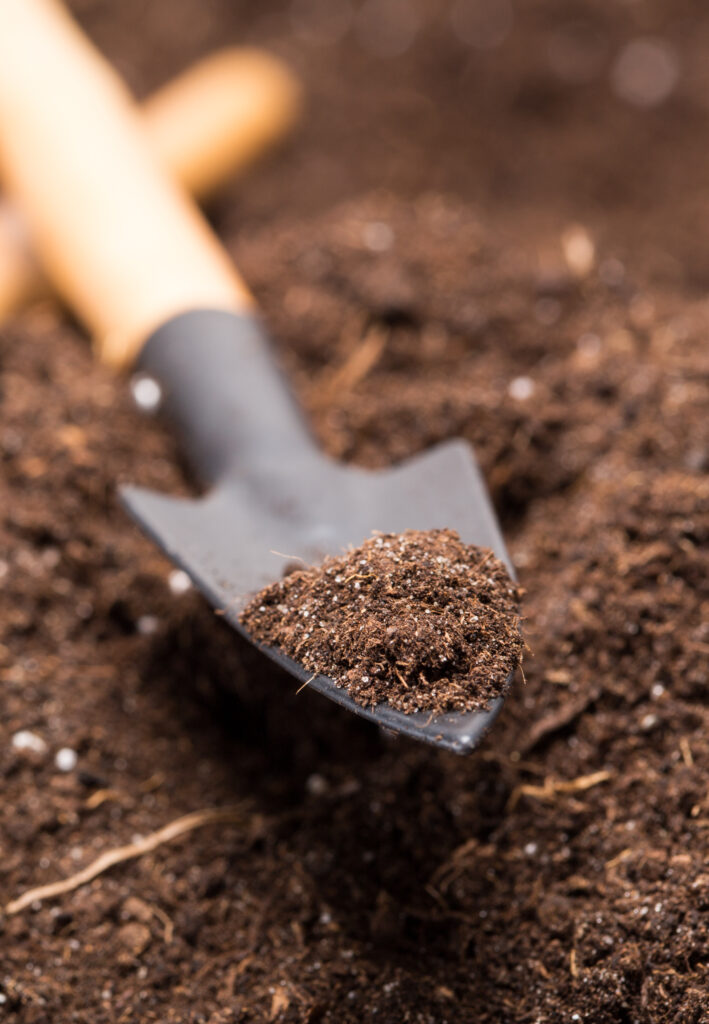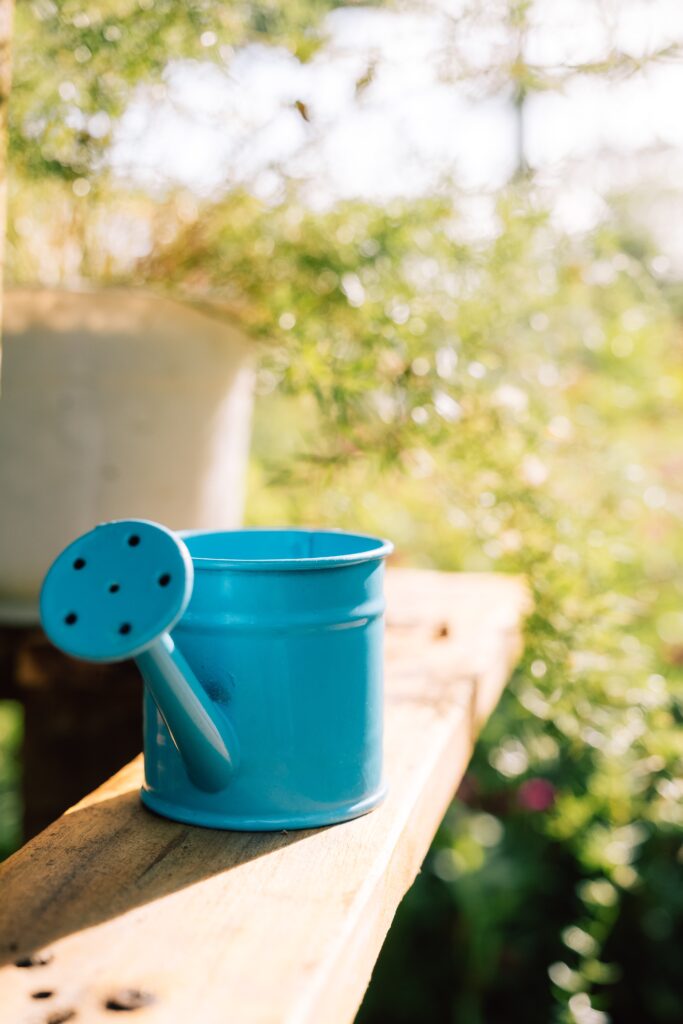If you missed the planting season for spring bulbs last fall, don’t worry! Right now is the prime time for planting bulbs that bloom in the heat of summer. Summer flower bulbs are the often overlooked counterpart to popular spring blooms like daffodils and tulips. Still, they can extend your garden’s vibrant hues and textures once spring has passed and all the way into fall.
This blog post covers everything you need to know about choosing the best bulbs for your garden, preparing the soil, planting bulbs, and caring for them. By following these tips, you can create a stunning summer flower garden that will surely be your neighborhood’s envy this summer.
Table of contents
How to choose the right summer bulbs
Summer bulbs come in a wide variety of different types and colors. From large, showy dahlias to sweet, fragrant lilies, there are dozens of beautiful blooms for your garden. Not sure which ones would thrive best where you live? We’ve compiled a handy guide of some of the most popular summer flowering bulbs to plant, along with what hardiness zones (if you live in the U.S., find out what zone you live in here) they do well in, so you can delight in a beautiful flower garden this summer.
All of the bulbs in this list can be either perennials or annuals. Any bulbs grown outside of the hardiness zone are annuals, anything grown in the recommended zone are perennials.
1. Gladiola (Gladiolus)

Gladiolas are tall, elegant spikes of brightly colored flowers that range in shades of pink, red, yellow, orange, purple, and white. Gladiolas are a favorite due to their stunning beauty and versatility in the garden.
- Hardiness Zone: 8 and higher
- Light: Full sun (will flower in partial shade, but won’t grow as well)
- Bloom season: Late June to early July (blooms 60-90 days after planting)
- Blooming time: 1-3 weeks, depending on the variety
2. Dahlia

Dahlias are large, showy blooms ranging from small pom-poms to dinner plate-sized flowers. Dahlias come in various colors and patterns, from solid red, pink, orange, and yellow hues to bi-colored, tri-colored, and even striped blooms.
- Hardiness Zone: 8 and higher
- Light: Full sun
- Bloom season: June-October (blooms eight weeks after planting)
- Blooming time: 120 days
3. Freesia

Freesias come in various colors, including white, yellow, pink, red, and purple. Freesias are often used as cut flowers and are popular in floral arrangements and bouquets due to their sweet scent and long vase life. They typically bloom in the spring and summer months.
- Hardiness Zone: 9 and 10
- Light: Full sun
- Bloom season: Between June-September (blooms 10-12 weeks after planting)
- Blooming time: 6 weeks or longer
4. Lily

Lilies are known for their showy, trumpet-shaped flowers that come in a wide range of colors, including white, yellow, pink, red, orange, and purple. They are commonly used in gardens, as cut flowers, and in floral arrangements due to their stunning appearance and pleasant fragrance.
- Hardiness Zone: 4-9
- Light: Full sun to partial shade
- Bloom season: June-September (blooms between 30-120 days after planting, depending on variety)
- Blooming time: 2-4 weeks, depending on the variety
5. Liatris (Blazing Star or Gayfeather)

Liatris plants are known for their tall, slender spikes of fluffy, purple, or white flowers. They have long, narrow leaves that grow from a basal rosette and are attractive to bees and butterflies.
- Hardiness Zone: 3-9
- Light: Full sun
- Bloom season: June-August (blooms 70-90 days after planting)
- Blooming time: 4-6 weeks
6. Calla Lily

Calla lilies are known for their striking funnel-shaped flowers and glossy green leaves. The flowers come in various colors, including white, yellow, pink, orange, and red, making them the perfect addition to bouquets and floral arrangements.
- Hardiness Zone: 8-10
- Light: Full sun or partial side (in warm climates), full sun (in cool climates)
- Bloom season: June-August (blooms 60-90 days after planting)
- Blooming time: 6-12 weeks
7. Canna

Canna plants produce large, vibrant blooms ranging in color from red, orange, and yellow to pink and white. The flowers are typically clustered together on tall stalks that can reach up to six feet in height. Canna plants are known for their bold foliage, which can come in various colors and patterns, including green, bronze, and variegated.
- Hardiness Zone: 9-10
- Light: Full sun
- Bloom season: July-August
- Blooming time: Blooms the entire summer season with consistent removal of dead blooms (blooms 10-12 weeks after planting)
8. Begonia

Begonia plants produce beautiful, colorful blooms ranging in color from pink, red, and orange to white and yellow. Begonias are also known for their attractive foliage, which can come in various shapes, sizes, and colors, including green, red, and silver.
- Hardiness Zone: 8-11
- Light: Morning sun/afternoon shade
- Bloom season: May-September
- Blooming time: Blooms the entire growing season (blooms 12-14 weeks after planting)
9. Caladium

Caladium plants are prized for their stunning foliage, which can come in a variety of colors, including green, pink, red, and white. Caladiums are also known for their distinctive heart-shaped leaves that can have intricate patterns or veins running through them.
- Hardiness Zone: 8-12
- Light: Shade or partial shade (some varieties do well in full sun)
10. Colocasia (Elephant Ear)
Colocasia plants, or Elephant Ear is the common name, produce large, heart-shaped leaves that can range in color from green to dark purple. Colocasia are known for their bold foliage and can add a dramatic statement to any garden or landscape.
- Hardiness Zone: 8 and higher
- Light: Full sun or partial shade
How to prepare the soil

Whether planting bulbs in the ground or flowerpots, taking the necessary steps to prepare the soil is crucial to ensuring your flower garden flourishes this summer. Good drainage is critical for success.
Start with soil that has dried out and has warmed to at least 55 degrees Fahrenheit. Soil should be well-draining and fertile, as summer-blooming bulbs prefer well-drained soil that is loose, crumbly, and rich in nutrients.
To prepare the soil:
- Begin by removing any rocks, debris, or weeds from the planting area.
- Mix in organic compost to improve the texture and fertility of the soil, especially if it is heavy or contains a lot of clay.
- Level the soil and create planting holes deep enough to accommodate the bulbs, following the recommended planting depth for the specific bulb type.
How to plant summer bulbs

Now that you’ve taken the time to prepare the soil for your bulbs, it’s time for the fun part: planting! First things first, make sure you have chosen the right bulb type for your growing conditions, taking into account factors like sun exposure, soil type, and water requirements.
*Keep in mind that you’ll want to wait until the danger of frost has passed before planting the bulbs.
To plant the bulbs:
- Dig a hole two to three times the size of the bulb using a trowel or bulb planter.
- Place the bulb in the hole with the pointed end facing upwards and cover it with soil, gently pressing down to remove any air pockets.
- Repeat the process for each bulb, spacing them according to the recommended planting distance for the specific bulb type.
- Finally, thoroughly water the bulbs and add a mulch layer around the planting area to help retain moisture and prevent weeds.
How to care for summer bulbs

Caring for summer bulbs is essential for maintaining their health and beauty throughout the growing season. To ensure optimal growth, provide your bulbs with adequate water and nutrients.
To care for the bulbs:
- Water the bulbs regularly, especially on hot summer days. The best time to water is in the morning before the hot sun evaporates the water.
- If your soil is dry or you don’t get a lot of rainfall, consider adding a layer of mulch around the plants to help retain moisture.
- Fertilize the bulbs with a balanced fertilizer every four to six weeks during the growing season to promote healthy growth and flowering.
- Finally, promptly remove any dead flowers or stems (for bulbs that bloom the entire growing season) to encourage the development of new blooms.
With proper care and attention, your summer bulbs will thrive this summer and provide a colorful and vibrant addition to your garden all season long.



